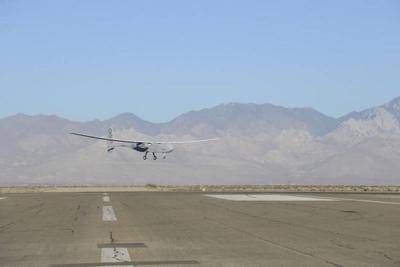Thu, Sep 19, 2013
Advertisement
More News
 ANN's Daily Aero-Term (09.16.25): DETRESFA (Distress Phase) [ICAO]
ANN's Daily Aero-Term (09.16.25): DETRESFA (Distress Phase) [ICAO]
DETRESFA (Distress Phase) [ICAO] The code word used to designate an emergency phase wherein there is reasonable certainty that an aircraft and its occupants are threatened by grave>[...]
 ANN's Daily Aero-Linx (09.16.25)
ANN's Daily Aero-Linx (09.16.25)
Aero Linx: Swift Museum Foundation The Swift Museum Foundation was started by Charlie Nelson, our President, over 40 years ago with an ad in Trade-A-Plane to Swift owners inquiring>[...]
 ANN FAQ: Q&A 101
ANN FAQ: Q&A 101
A Few Questions AND Answers To Help You Get MORE Out of ANN! 1) I forgot my password. How do I find it? 1) Easy... click here and give us your e-mail address--we'll send it to you >[...]
 NTSB Prelim: David Ullman Jabirwatt
NTSB Prelim: David Ullman Jabirwatt
Engine Lost All Power. Unable To Maintain Altitude, He Elected To Make An Off Airport Landing To An Open Field On August 18, 2025, about 1300 Pacific daylight time, an experimental>[...]
 Airborne 09.15.25: Last Call For RV-3/4/6, Second B-21, Dubai Show Bars Israelis
Airborne 09.15.25: Last Call For RV-3/4/6, Second B-21, Dubai Show Bars Israelis
Also: New NTSB Nom, Plan To Accelerate AAM, New GAMA Members, SC CAP Wing Honors Duke Van’s Aircraft is giving potential buyers their final chance to pick up a kit for the RV>[...]
blog comments powered by Disqus




